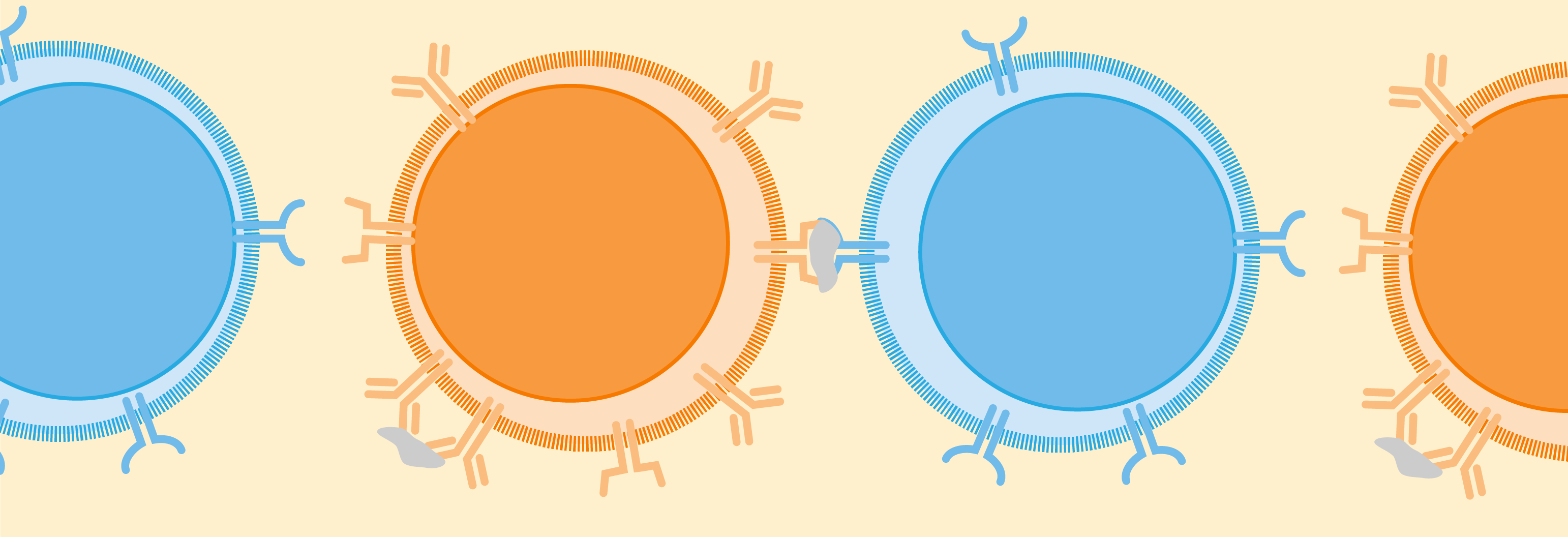
Immune repertoire sequencing is becoming increasingly popular as a result of a rise in the number of new goods being launched, R&D for product development, an increase in the number of cancer patients, greater government financing, and other factors. Immune repertoire sequencing is employed in a wide range of applications, including biomarker identification, asthma, and allergy treatment, cancer immunotherapy, infectious disease research, and so on. > Ask For Discount – Global Immune Repertoire Sequencing Market Overview Treatments that expand the immunological repertoire are also being developed, such as the use of cytokines as medicines. Measuring the immunological repertoire might aid in predicting therapy outcomes and monitoring treatment effects. Several immune-system-related medicines are under research or are already in use. With the development of targeted therapy and immunotherapy, where remedies are being created that are personalized to an individual for improved success, understanding the immune repertoire is critical. Only lymphocytes with the correct receptor to attach to an antigen in the immune repertoire will be activated and multiply during an immune response, generating a clone of cells with identical antigen receptors. Natural selection favors animals that are more suited to their surroundings and reproduce. Each mature lymphocyte has a distinct uniqueness from the other lymphocytes in the repertoire, and it is ‘clonal.’ T-cell and B-cell lymphocytes go through a natural selection process because they are continually scanning the body for antigens from foreign bodies. When examining T cells and B cells, researchers use the terms TCR repertoire and BCR repertoire, respectively. The adaptive immune system’s immunological repertoire refers to all of the distinct T-cell receptor (TCR) and B-cell receptor (BCR) genetic rearrangements. Irreversible somatic DNA recombination of these genetic areas during cellular development, known as V(D)J recombination, leads to a mature lymphocyte with a single specificity. This indicates that after someone has been exposed to an infection, the adaptive immune system can create an immunological memory, resulting in a more efficient and powerful response to subsequent infections.Įach antigen receptor detects just one antigen, and this band of sensitivity is encoded by a specified number of gene segments.

These cells have antigen receptors that have been developed throughout a lifetime of contact with foreign substances. The adaptive immune system, which is made up of two types of lymphocytes termed B cells and T cells take days to respond to an infection. The adaptive system, which is the body’s antigen-specific reaction to protect itself, is also activated by the innate immune system’s quick response. Innate immunity refers to the body’s non-specific defensive system against toxins or foreign objects known as antigens.
#Immune repertoire sequencing pdf#
To Get Detailed Analysis: Download Report PDF Global Immune Repertoire Sequencing Market Definitionīoth innate and adaptive immunity is provided by your immune system, which is made up of two subsystems that function together. The report offers a comprehensive analysis of key segments, trends, drivers, restraints, competitive landscape, and factors that are playing a substantial role in the market. The Global Immune Repertoire Sequencing Market report provides a holistic evaluation of the market. The rise in demand for customized medication will have a beneficial impact on market growth.

The market is also predicted to rise due to an increase in the number of new products launched by leading players. The Global Immune Repertoire Sequencing Market has witnessed strong growth owing to the increased research and development and the need for genomic and repertoire sequencing-based research. Immune Repertoire Sequencing Market size was valued at USD 1.15 Billion in 2022 and is projected to reach USD 2.05 Billion by 2030, growing at a CAGR of 6.61% from 2023 to 2030. Immune Repertoire Sequencing Market Size And Forecast


 0 kommentar(er)
0 kommentar(er)
